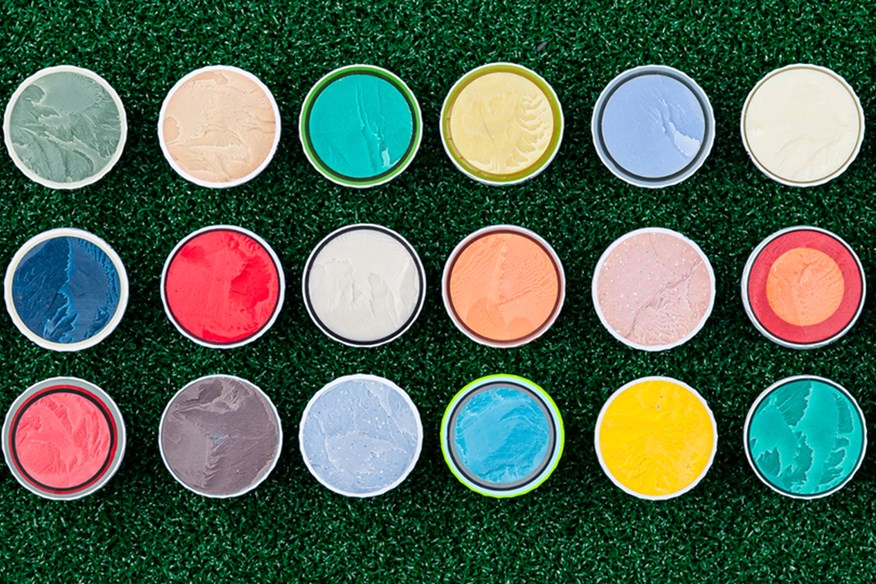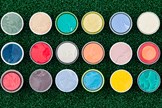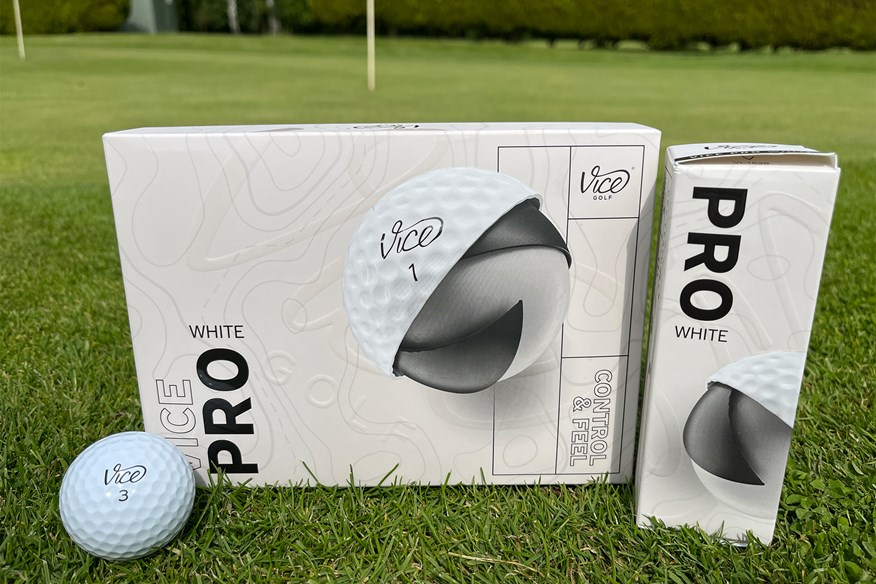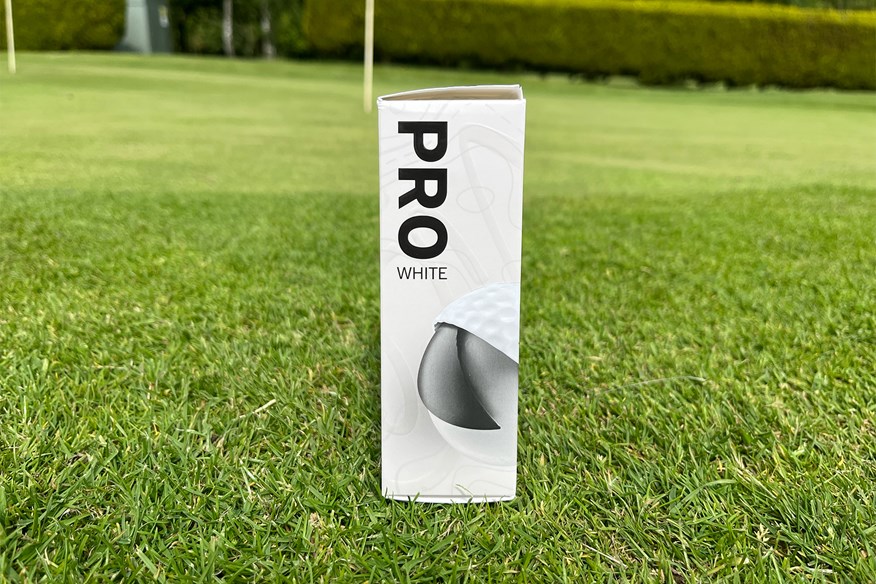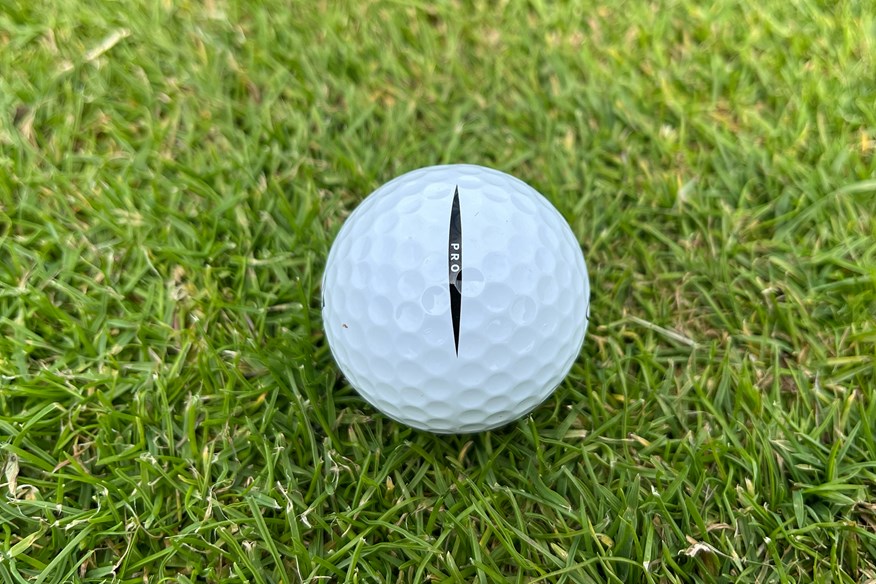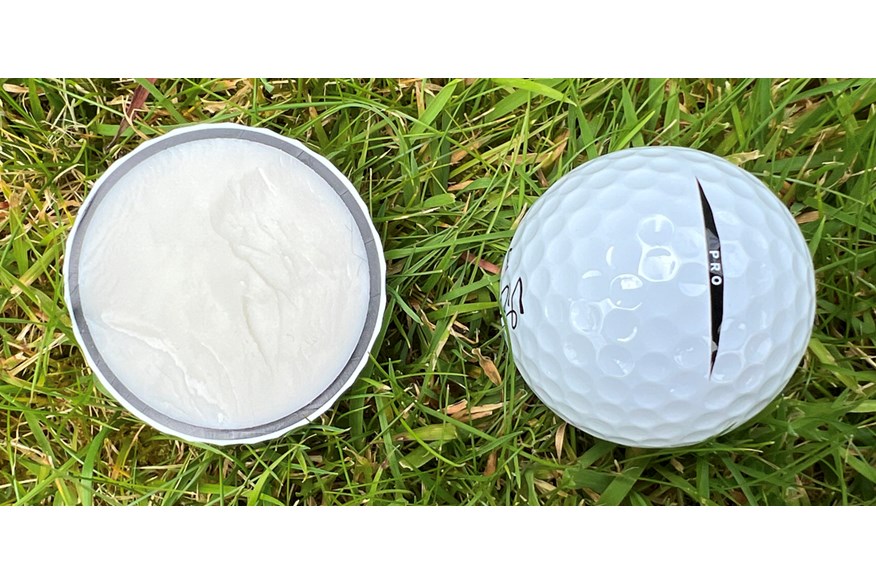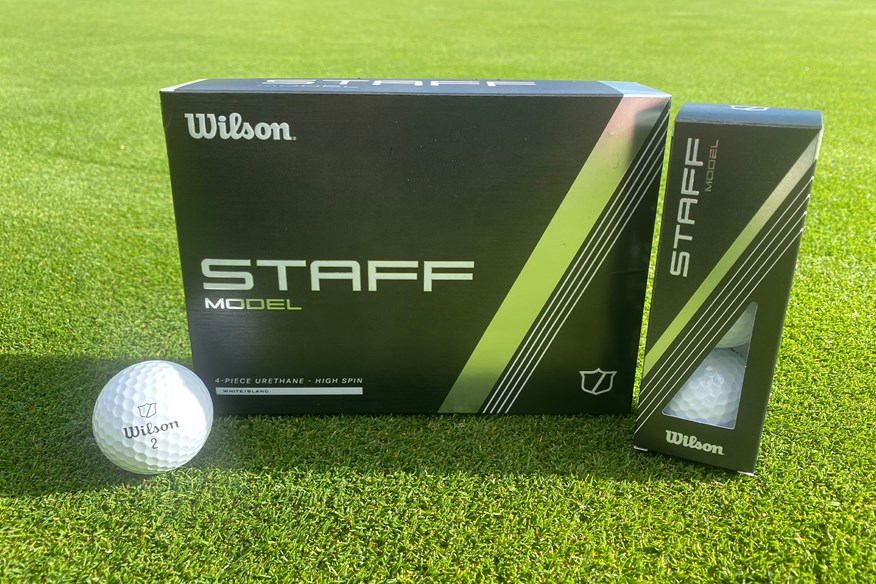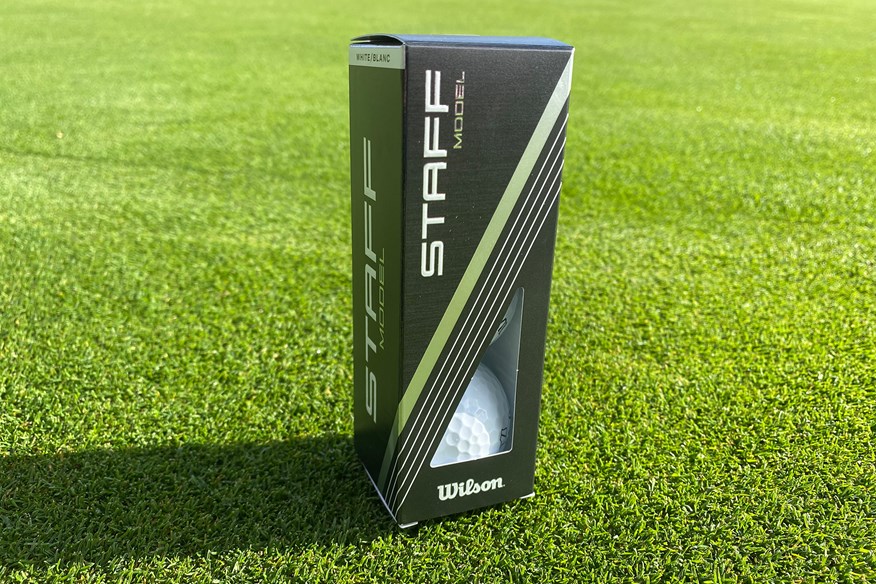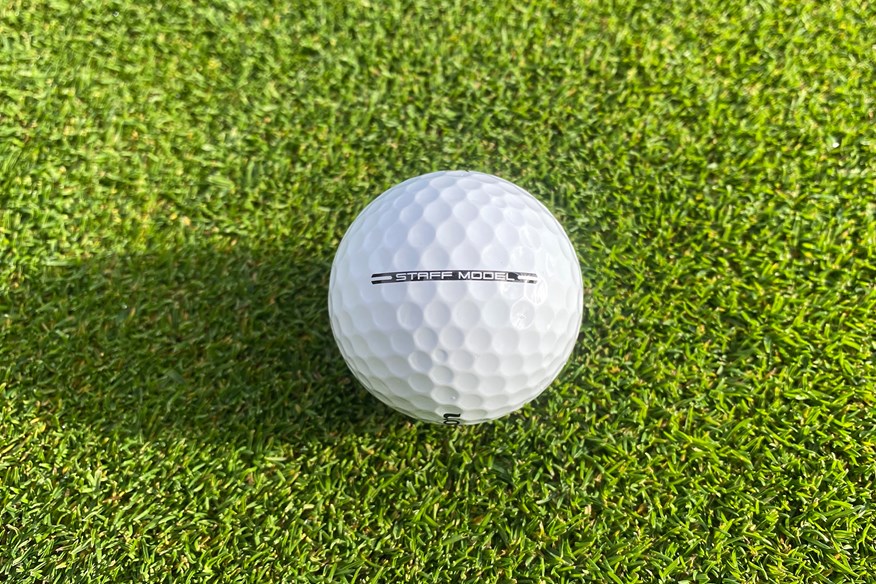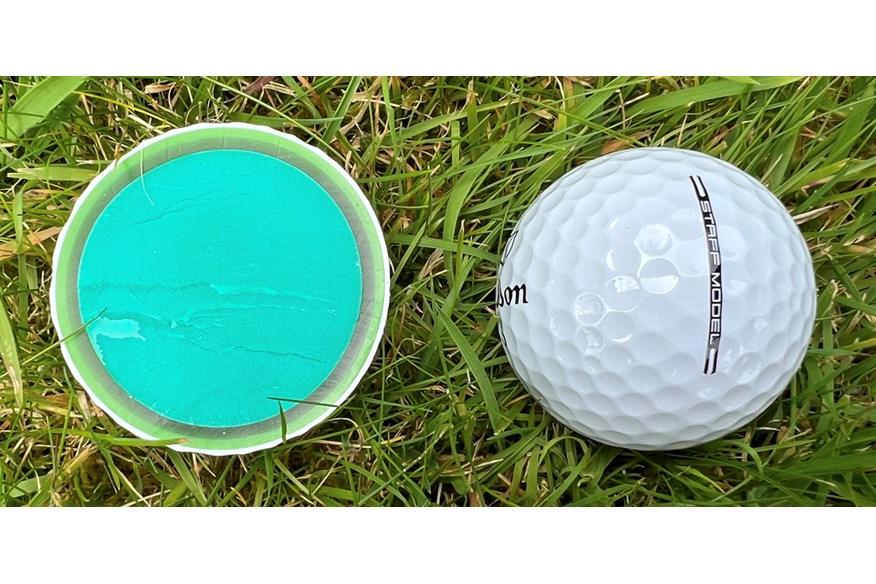This is the most consistent golf ball of 2024 (and it’s not Titleist, TaylorMade, or Callaway)
Last updated:
Our industry-leading test found the most consistent golf balls in 2024.
I’ve been playing golf for 25 years and met countless golfers in that time. And I don’t think I’ve ever met one who hasn’t uttered some version of the phrase: “I just want to be a bit more consistent.” But have you ever considered that your golf ball might be contributing to your inconsistency?
It’s worth thinking about, because our testing showed that some golf balls are much more consistent than others. And the inconsistencies can be significant. Our testing found as much as a seven-yard difference in carry distance between golf balls, from the same box, that were identical to the naked eye.
“Yes, but that’s all down to how you hit it,” you might say. But that’s why we used a £100,000 robot to test the golf balls…
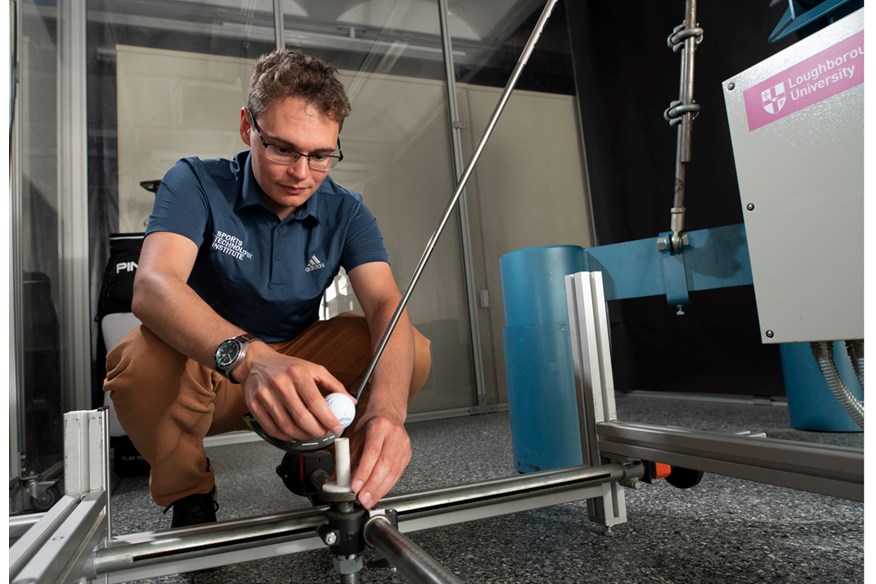
Why we use a robot to test golf balls
The Today’s Golfer Robot Golf Ball Test used a $100,000 robot to test golf balls across every conceivable metric.
We know from years of experience that a robot is the only way to guarantee the consistency of strike required to isolate the one variable we are trying to test: the performance of the golf ball. Even the world’s best golfers can’t hit a ball exactly the same way, time after time, which brings in other variables. That’s why every golf manufacturer uses a robot when developing golf balls and it’s why we use a robot to test those golf balls head-to-head.
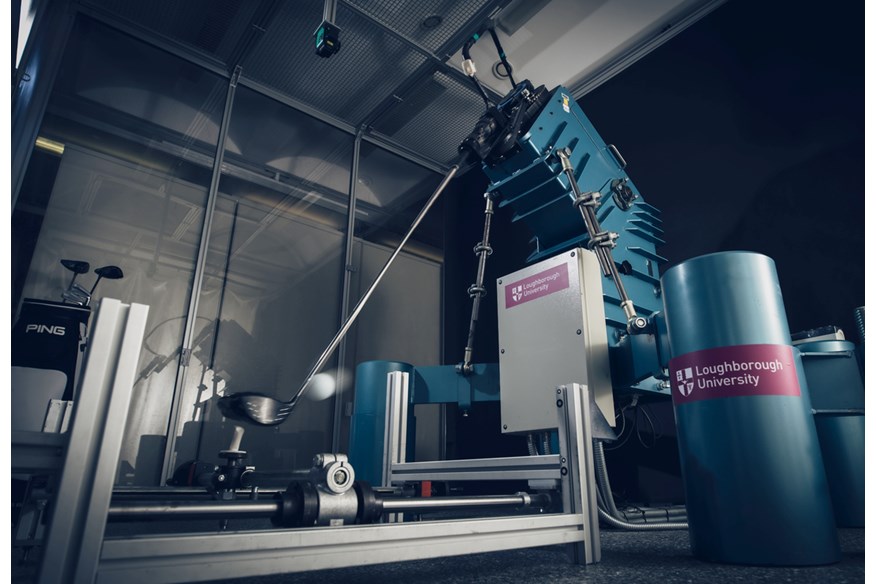
Thanks to the robot’s adjustability, it’s possible to control lie angle, swing path, face angle, attack angle, impact location, hip rotation, and wrist action at swing speeds from 5 – 130 MPH. There simply isn’t a better swinger out there – not even among the world’s best golfers.
When picking the best golf balls, we use human testing – both on a launch monitor and on the course – to measure intangibles like sound and feel, but for pure data, a robot is a must-have.
How we measured consistency
We hit every model of golf ball 60 times:
- 12 x driver at 85mph swing speed
- 12 x driver at 100mph swing speed
- 12 x driver at 115mph swing speed
- 12 x 7-iron
- 12 x pitching wedge
Each golf ball was brand new and only hit once to eliminate the effect of wear and tear. Given that and the robot’s consistency, the differences in performance can be attributed to inconsistencies from one ball in a box to the next.
We look at three factors when it comes to golf ball consistency: ball speed, backspin, and carry distance. Golf balls that deliver consistent numbers from one unit to the next rank highly for consistency, while those with big discrepancies are deemed the least consistent.
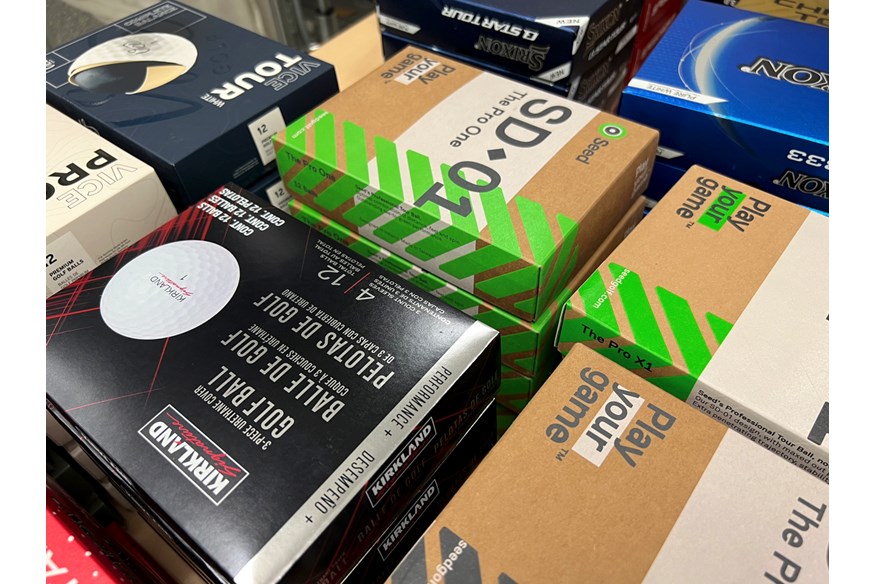
Hold on… Why is there any inconsistency in golf balls?
We don’t live in a perfect world. Any manufacturing process involves what is known as “tolerances”. Basically, it’s impossible to make something completely identical time after time. Companies can get pretty close to perfect, but there will always be minor imperfections and discrepancies from one unit to the next. The same applies to cars, clothes, flapjacks… and anything else you can think of.
When it comes to golf balls, those tolerances have improved a lot in the last decade or so. The big brands have invested heavily in their manufacturing processes, with some building new factories and testing facilities. We’re not talking about egg-shaped golf balls or anything you could spot with the naked eye here. But discrepancies remain, which is why Bryson DeChambeau famously floats his balls in an Epsom salt solution to check their balance and discard any that don’t meet his exacting standards.
Most pros don’t do that, and I’m not suggesting you start doing that, but it’s worth knowing which golf balls are the most – and least – consistent.
Would I choose a golf ball based solely on this? Not at all. Metrics such as distance, spin rate, peak height, descent angle, etc, plus intangibles like a nice feel, would always dictate my decision. After all, a golf ball could deliver the worst numbers for those performance metrics but do so consistently – like a student getting straight Fs. But, if I was torn between two models and struggling to pick, I’d plump for the one that proved more consistent in testing.
So, with all that said, which golf balls are the most consistent?
The most consistent golf balls of 2024
Pros
- Our most consistent golf ball
- Decent accuracy numbers
- A softer feel
Cons
- Expect less iron and wedge spin than a Titleist Pro V1
| Construction | 3-Piece |
| Cover | Urethane |
| Cost per ball | £2.50 |
The Vice Pro ranked 1st for ball speed consistency, 4th for backspin consistency, and 3rd for carry distance consistency, making it the most consistent golf ball in the test.
Three Vice balls ranked in the seven most consistent golf balls, which is very impressive for a non-mainstream brand. All four of the Vice models we tested ranked inside the top 10 most consistent golf balls, with the Vice Pro Plus ranking first for backspin consistency and third overall.
Pros
- An impressive alternative to the Titleist Pro V1, Callaway Chrome Tour and TaylorMade TP5
- An accurate and consistent choice
Cons
- The Wilson Staff Model X offers more wedge and iron spin
| Construction | 4-Piece |
| Cover | Urethane |
| Cost per ball | £4.33 |
Alongside Vice, the other brand that impressed us when it came to consistent golf balls was Wilson.
The Wilson Staff Model and Wilson Staff Model X golf balls not only produced some of the best performance numbers in the whole test, they also delivered fantastic consistency.
The Wilson Staff Model ball ranked second for consistency, with the Staff Model X ranking fourth.
The Wilson Staff Model and Staff Model X were also among the best-performing golf balls for golfers with fast swing speeds, generating the fastest ball speeds in the entire test, ranking second and third for driver carry distance at the 115mph test speed, and producing a steeper 7-iron descent angle than any other ball.
Most consistent golf ball: The data
| Ball Speed Consistency Rank | Backspin Consistency Rank | Carry Distance Consistency Rank | Average Rank | |
| Vice Pro | 1 | 4 | 3 | 2.7 |
| Wilson Staff Model | 3 | 3 | 4 | 3.3 |
| Vice Pro Plus | 10 | 1 | 2 | 4.3 |
| Wilson Staff Model X | 2 | 6 | 5 | 4.3 |
| Seed SD-01 | 11 | 7 | 1 | 6.3 |
| Callaway Chrome Tour | 9 | 5 | 7 | 7.0 |
| Vice Pro Air | 5 | 8 | 9 | 7.3 |
| Titleist Pro V1x | 4 | 11 | 8 | 7.7 |
| Snell Prime 2.0 | 19 | 2 | 11 | 10.7 |
| Vice Tour | 6 | 17 | 12 | 11.7 |
| Srixon Q-Star Tour | 15 | 9 | 13 | 12.3 |
| Seed SD-X1 | 12 | 20 | 6 | 12.7 |
| Callaway Chrome Tour X | 8 | 16 | 16 | 13.3 |
| Titleist Pro V1 | 18 | 10 | 14 | 14 |
| TaylorMade TP5 | 7 | 19 | 18 | 14.7 |
| Kirkland Signature V3 | 16 | 12 | 17 | 15 |
| Snell Prime 4.0 | 13 | 13 | 19 | 15 |
| TaylorMade TP5x | 17 | 18 | 10 | 15 |
| Seed SD-02 | 20 | 15 | 15 | 16.7 |
| Callaway Chrome Soft | 14 | 21 | 21 | 18.7 |
| Snell Prime 3.0 | 22 | 14 | 20 | 18.7 |
| TaylorMade SpeedSoft | 21 | 23 | 22 | 22 |
| Srixon Distance | 23 | 22 | 23 | 22.7 |
| Srixon AD333 | 24 | 24 | 24 | 24 |
READ NEXT: Our pick of the best golf balls
READ NEXT: 9 golf equipment experts reveal the ball they use in their own game – and why
